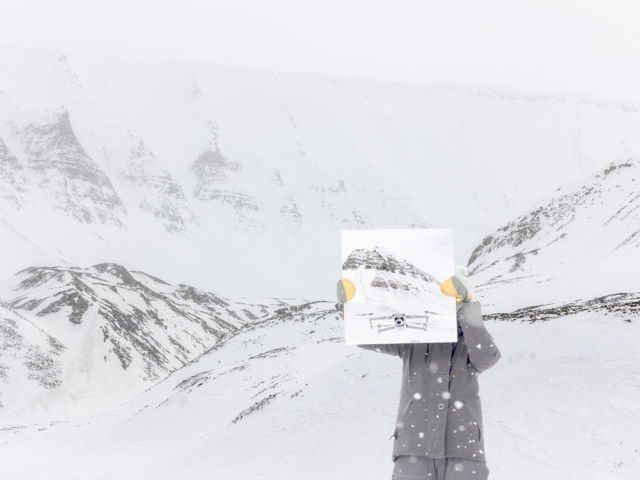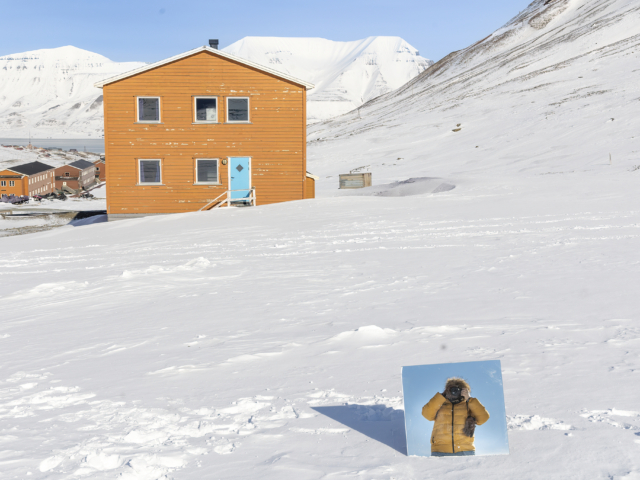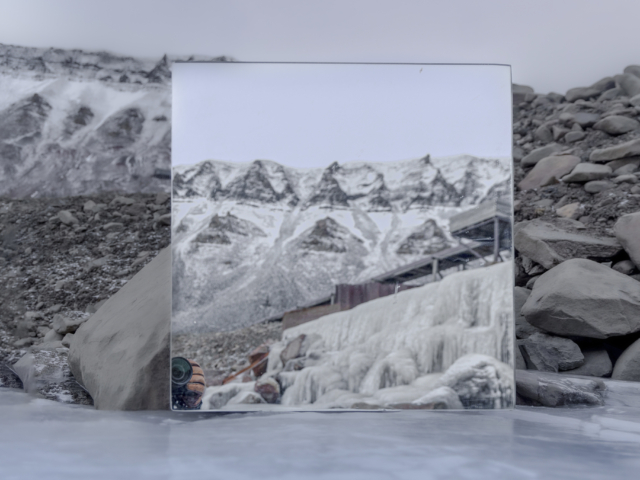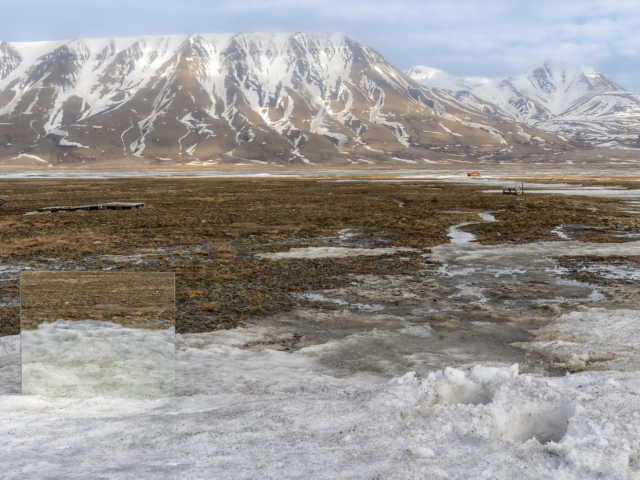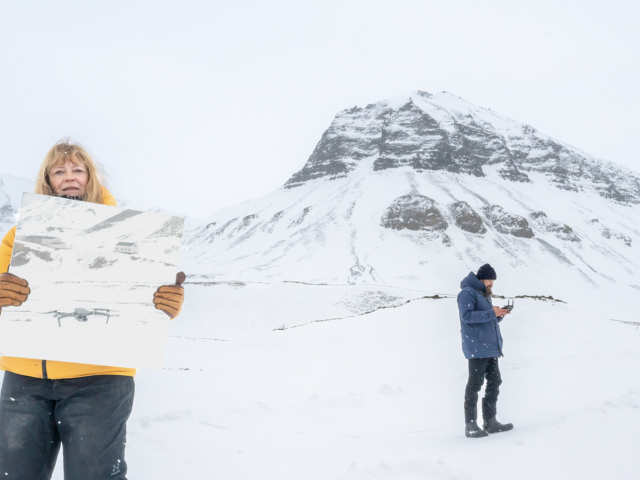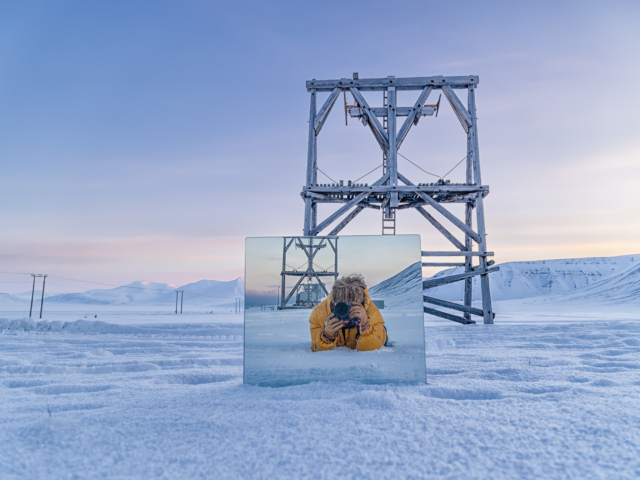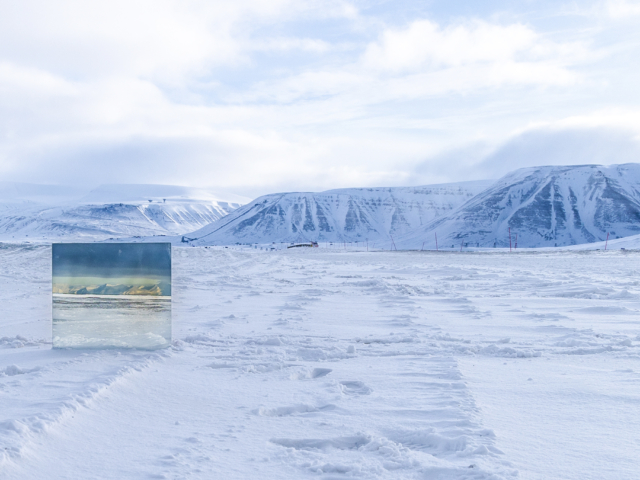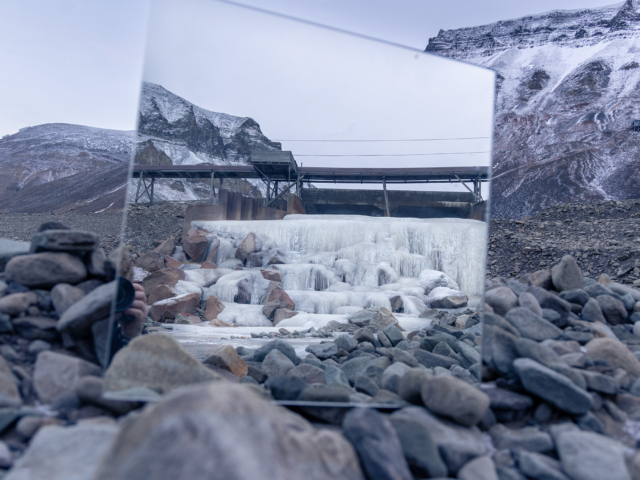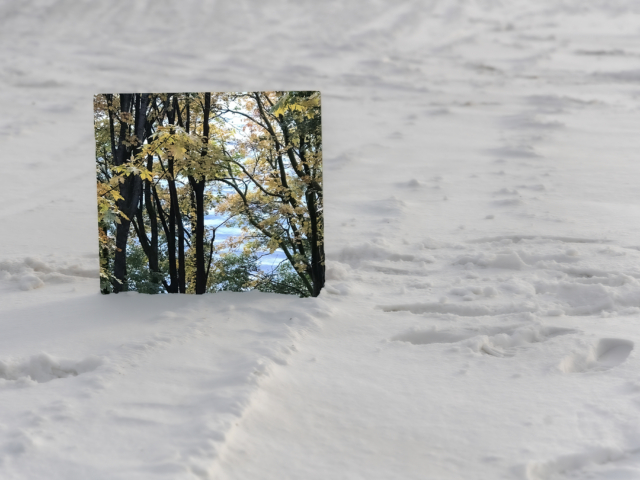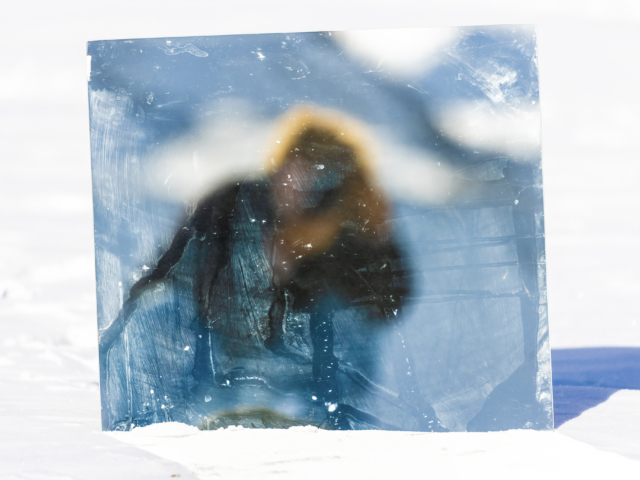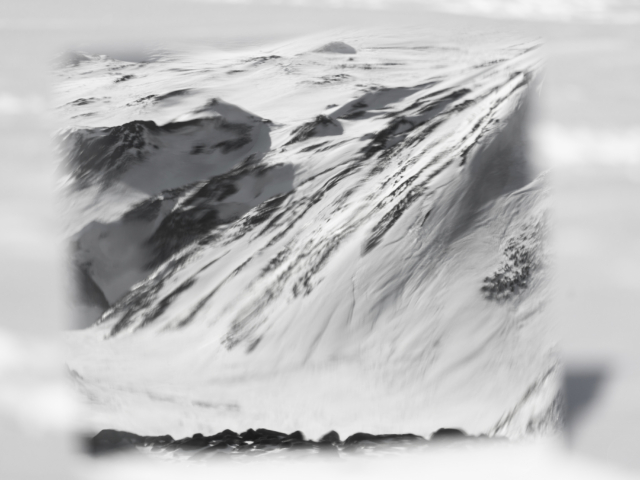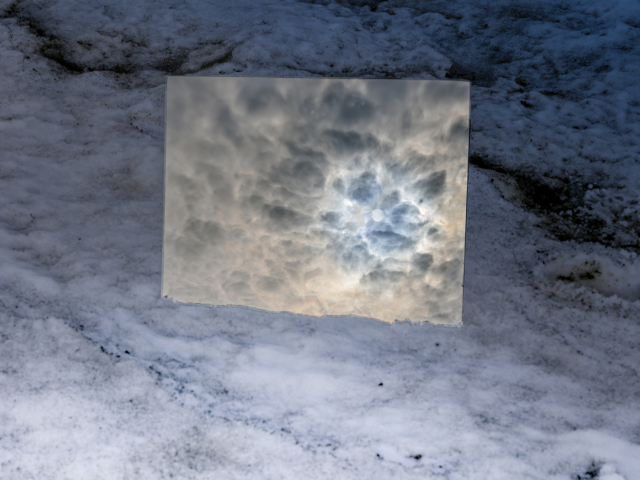The improvement of phone photography, inexpensive drones, and the rise of social media has led to a particular kind of tourist gaze that strips the landscape bare of meaning, and repackages it into social media bites in order to garner “likes” from strangers. Involved with their image-making devices people see what is around them in small colored rectangles, disregarding the landscape as a whole and abandoning any opportunity for truly experiencing their environment. What can we know of a place when our focus is on what is visible through the screen of our phone? How can we experience nature when we are more interested in uploading our latest images to Instagram or Snapchat than in interacting with our environment?
My practice has been about experiencing a sense of place based on a depth of knowledge over time. It is alarming to see the disassociation created in flocks of people armed with their phones and drones out to capture images for exhibiting their experience to their friends and associates, when in fact they have no experience of the landscape at all, but instead are distancing themselves from it as effectively as if they were watching it on TV.
